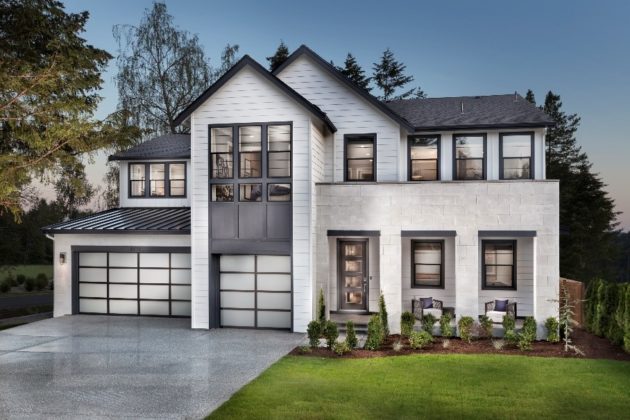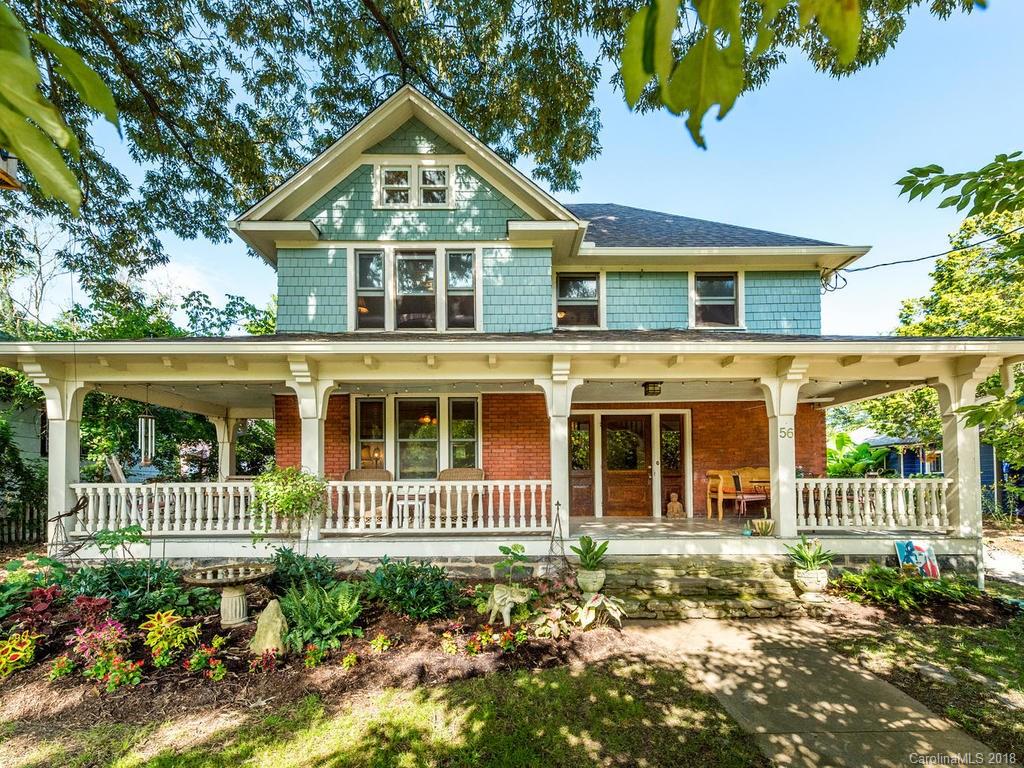In today’s rapidly changing world, the way we live, build, and share spaces is constantly evolving. As cities grow denser and the demand for affordable, functional, and sustainable homes rises, innovative housing models are stepping into the spotlight. One such concept reshaping the conversation around modern living is quadrant housing—a housing design that balances individuality, community, and practicality in a way that feels both timeless and progressive.
This article will take you on a journey through the origins, benefits, design principles, and future possibilities of this unique housing model. Along the way, we’ll explore real-life applications, cultural implications, and how this approach could redefine the meaning of “home” for generations to come.
What is Quadrant Housing?
At its core, quadrant housing is a residential design that places four distinct living units together, usually arranged in a square formation, with shared walls but separate entrances. Imagine four slices of a pie, each representing a household, all connected at the center yet oriented to face outward. This arrangement maximizes space efficiency while still providing privacy and a sense of individuality.
Unlike traditional detached houses that sprawl outward, quadrant housing makes smart use of land by clustering homes in a way that reduces wasted space. While the idea might sound modern, the roots of this design can be traced back to historic European and colonial architecture, where maximizing limited plots of land was essential for community growth.
A Historical Perspective on Shared Living
The idea of clustered homes isn’t entirely new. Ancient civilizations often designed dwellings around central courtyards, where multiple families could live in close proximity while enjoying shared outdoor areas. Similarly, medieval towns were structured with compact homes built around communal squares or courtyards.
Quadrant housing draws inspiration from these traditions but adapts them for contemporary lifestyles. By offering each household its own entrance and private garden space, the design respects individuality while embracing the advantages of community living. It’s a balance between the close-knit villages of the past and the independence of modern suburban life.
Why Quadrant Housing Matters Today
The growing challenges of modern cities—skyrocketing housing costs, shrinking land availability, and the need for more sustainable construction—make quadrant housing especially relevant. Here are some reasons why this model stands out:
1. Space Efficiency
With urban land becoming more expensive, building homes that make the most of every square meter is critical. Quadrant housing clusters four units on a single footprint, making it far more efficient than sprawling detached homes.
2. Affordability
Sharing walls reduces construction costs and energy consumption, making homes more affordable for buyers and renters. This affordability opens doors for first-time homeowners and middle-income families who might otherwise struggle to enter the housing market.
3. Sustainability
Fewer external walls mean better insulation and less energy loss. Shared infrastructure like water lines, heating systems, and foundations further reduces resource use. In a world facing climate change, quadrant housing aligns well with the push toward greener living.
4. Community Connection
One of the most overlooked benefits of this model is the natural sense of community it fosters. While each unit remains private, the close arrangement encourages interaction among neighbors, fostering stronger bonds and mutual support.
Design Principles of Quadrant Housing
The success of quadrant housing lies in its thoughtful design. To create spaces that are both functional and appealing, architects follow several guiding principles:
Orientation and Privacy
Each unit is designed to face outward, minimizing direct views into neighboring homes. Separate entrances and garden areas ensure privacy while maintaining proximity.
Shared Yet Independent
Though walls are shared, living spaces remain distinct. This balance allows residents to enjoy the benefits of lower costs without sacrificing independence.
Central Utility Systems
Water, electricity, and heating systems can be centralized, lowering expenses while simplifying maintenance.
Flexibility of Style
Quadrant housing can be adapted to various architectural styles—from traditional brickwork to sleek, modern minimalism. This flexibility makes it suitable for different cultural contexts and personal preferences.
Quadrant Housing in Practice
Though still niche in many parts of the world, quadrant housing has been embraced in countries that face significant housing challenges.
- The United Kingdom: Known as “quadrant cottages” in some regions, these homes were built during the late 19th and early 20th centuries to provide affordable housing for workers. Their popularity stemmed from their practicality and sense of community.
- North America: While less common, some suburban developments have experimented with quadrant-style homes, offering buyers a mix of affordability and individuality.
- Modern Urban Projects: Today, architects are revisiting the concept as a response to sustainable living trends, reimagining quadrant housing with eco-friendly materials, rooftop gardens, and communal courtyards.
Quadrant Housing: A Modern Alternative
For Families
Families benefit from the affordability and shared environment, where children can grow up surrounded by familiar neighbors in a safe, semi-private community.
For Singles and Couples
Young professionals and couples often seek affordable housing near city centers. Quadrant housing offers them an opportunity to own or rent without compromising on privacy or comfort.
For Seniors
As populations age, housing that promotes both independence and social interaction becomes vital. Quadrant housing can provide seniors with private homes while keeping them connected to supportive neighbors.
The Challenges and Considerations
Of course, no housing model is without challenges. For quadrant housing to thrive in modern contexts, certain hurdles must be addressed:
- Cultural Acceptance: In some regions, people prefer detached homes as symbols of status and independence. Convincing them of the benefits of shared living arrangements requires education and design innovation.
- Zoning Laws: Urban planning regulations sometimes restrict multi-unit dwellings in certain neighborhoods, making it difficult to implement quadrant housing widely.
- Maintenance Agreements: Shared structures mean that neighbors need to agree on repairs and upkeep, which can sometimes lead to disputes.
The Future of Quadrant Housing
As cities evolve, so too must the way we think about homes. Quadrant housing has the potential to play a significant role in future urban planning. By combining efficiency, affordability, and sustainability, it addresses multiple issues at once.
Imagine eco-villages built entirely of quadrant-style homes, where shared solar grids, rainwater harvesting systems, and communal green spaces create thriving, sustainable neighborhoods. These communities could redefine suburban living while reducing environmental impact.
Beyond Bricks and Mortar: The Human Side
At the heart of quadrant housing lies something deeper than walls and roofs—it’s about people. Homes are more than just shelters; they’re spaces where lives unfold, relationships grow, and memories are made.
By blending privacy with community, this housing model creates opportunities for stronger social bonds. Imagine neighbors who not only greet each other but share meals, look after each other’s children, or collaborate on gardening projects. In a world where loneliness is increasingly seen as a public health issue, this simple arrangement could bring back the village spirit in a modern setting.
Conclusion: A Home for the Future
Quadrant housing is more than a clever architectural design—it’s a response to the urgent challenges of our time. With land shortages, rising costs, and the need for sustainable living, it offers a practical yet human-centered solution.
It blends the efficiency of shared structures with the independence of private living, creating homes that are both affordable and meaningful. Whether for families, young professionals, or retirees, this model has the potential to redefine how we think about community, affordability, and sustainability in housing.
As the world continues to urbanize, perhaps the future of home isn’t a sprawling mansion or an isolated unit, but a compact, thoughtful design that reminds us of the power of connection. Quadrant housing might just be the bridge between the homes of yesterday and the communities of tomorrow.


